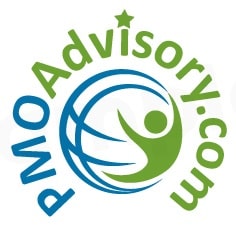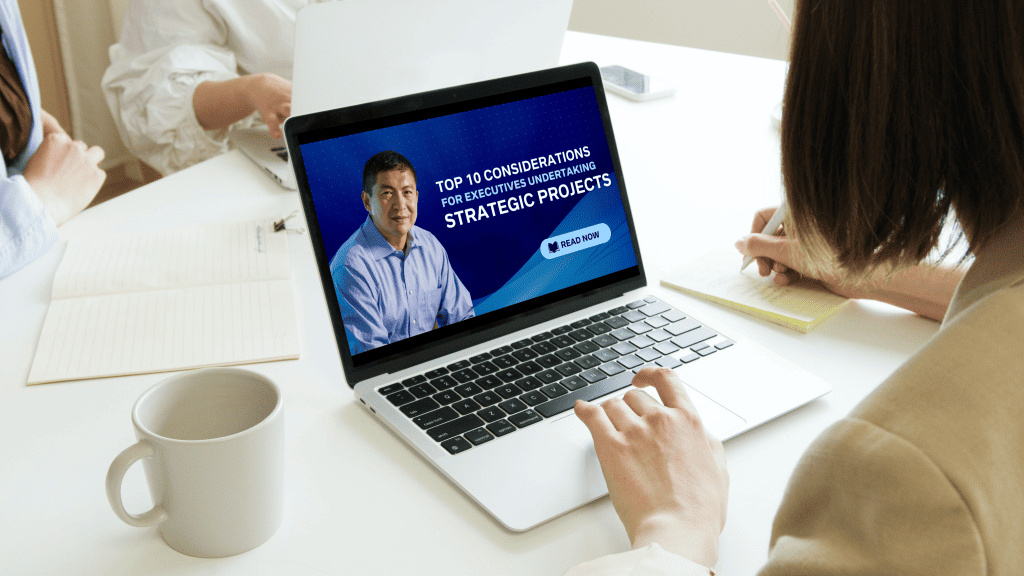Implementing strategic projects can be a challenging endeavor, with a success rate that often hovers around a mere 10 percent.
These projects are complex and can have long-term implications and complications, making it essential for executives to carefully navigate various obstacles and ensure the right approach is taken.
Before embarking on these challenging endeavors, executives should ask (and preferably answer) these questions:
- Start with why – Why are you doing this (versus something else)?
- Employ Strong Project Leadership – How much will the project leader “go to bat” to overcome obstacles?
- Understand stakeholder – Who are the key people involved? What are their interests? Are they supporters or blockers?
- Clarify scope – What are the desired outcomes? How much of that are essential versus stretch goals?
- Think big but act small – How to balance the larger perspective with specific actions and tradeoffs? The journey for strategic projects are often long, so it’s important to march in the right direction but adjusting to the situations on the ground.
- Confront conflicts early – Are there major disagreements, of priorities, processes, and personalities? It’s almost unavoidable for executives of strategic projects to have different goals. It’s important to tackle them early, before these conflicts spiral out of control.
- Instill strong governance – Are there hard decisions to be made? Is there politics? If yes and yes, then assembling a strong team of executives to make important decisions will be crucial for success.
- Determine the best approach – There are many ways to implement projects. Should the primary method be predictive, agile, or hybrid? Should the organization adopt a program management approach? What about risk, uncertainty, ambiguity, and complexity?
- Be realistic with resources – Organizations often try to do too much with too little. “Work smarter” can only go so far. One of my favorite analogies is about freshly squeezed orange juice. If you want to have a big pitcher of that juice, you need more than a few oranges. So starving projects of important assets and resources can be a sure way of achieving failure.
- Give it all you got! – Strategic projects make or break careers, not just of the executives involved but often even the c-level. This is especially true when failure is not an option. So be prepared to fight the good fights and expect the unexpected.
Strategic projects are not for the faint of heart, but by considering these ten key factors before diving into execution, executives can enhance their chances of thriving.
The original and a longer version of this article appeared in Albuquerque Journal on July 9, 2023.

Dr. Te Wu
CEO, CPO, PMP, PgMP, PfMP, PMI-RMP)
Prof. Dr. Te Wu is the CEO of PMO Advisory and an Associate Professor at Montclair State University. Te is certified in Portfolio, Program, Project, and Risk Management. He is an active volunteer including serving as the chair of PMI’s Portfolio Management Standard Committee. He previously worked on various standards including portfolio management, risk management and program management for PMI and ISO. As a practitioner, executive, teacher, writer, and speaker, Dr. Wu enjoys sharing his knowledge and experiences and networking with other professionals.

